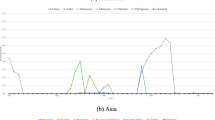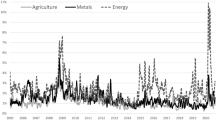Most developing countries borrow in world capital markets. Typically this borrowing is denominated in one of the major currencies and requires periodic servicing. The foreign exchange required to meet the service obligation is often dependent on the export of one or a small number of commodities. This demand usually competes with a number of other claims on export earnings, including both consumption and capital goods imports. This paper investigates the use of commodity-linked borrowing by developing countries. If the interest and/or principal payments on external debt are linked to the price of a country's principal exports, the risk of default can be shifted to better-diversified lenders. The social cost of linking is much smaller than that of other compensating arrangements. In addition, commodity-linked debt may reduce the borrower's direct lending costs. This will depend on the quantity of linked debt supplied and the dispersion of expectations about the future price of the commodity. If the supply is small relative to the demand among investors who expect the commodity price to increase, the resulting reduction in the cost of borrowing may be sufficient to offset the premium for bearing the risk associated with the commodity's future price.
Similar content being viewed by others
Author information
Authors and Affiliations
Corresponding author
Rights and permissions
About this article
Cite this article
Chamberlain, T.W. Commodity Price Instability and Debt-linking by Developing Countries. Int Adv Econ Res 12, 420 (2006). https://doi.org/10.1007/s11294-006-9011-9
Accepted:
Published:
Issue Date:
DOI: https://doi.org/10.1007/s11294-006-9011-9




